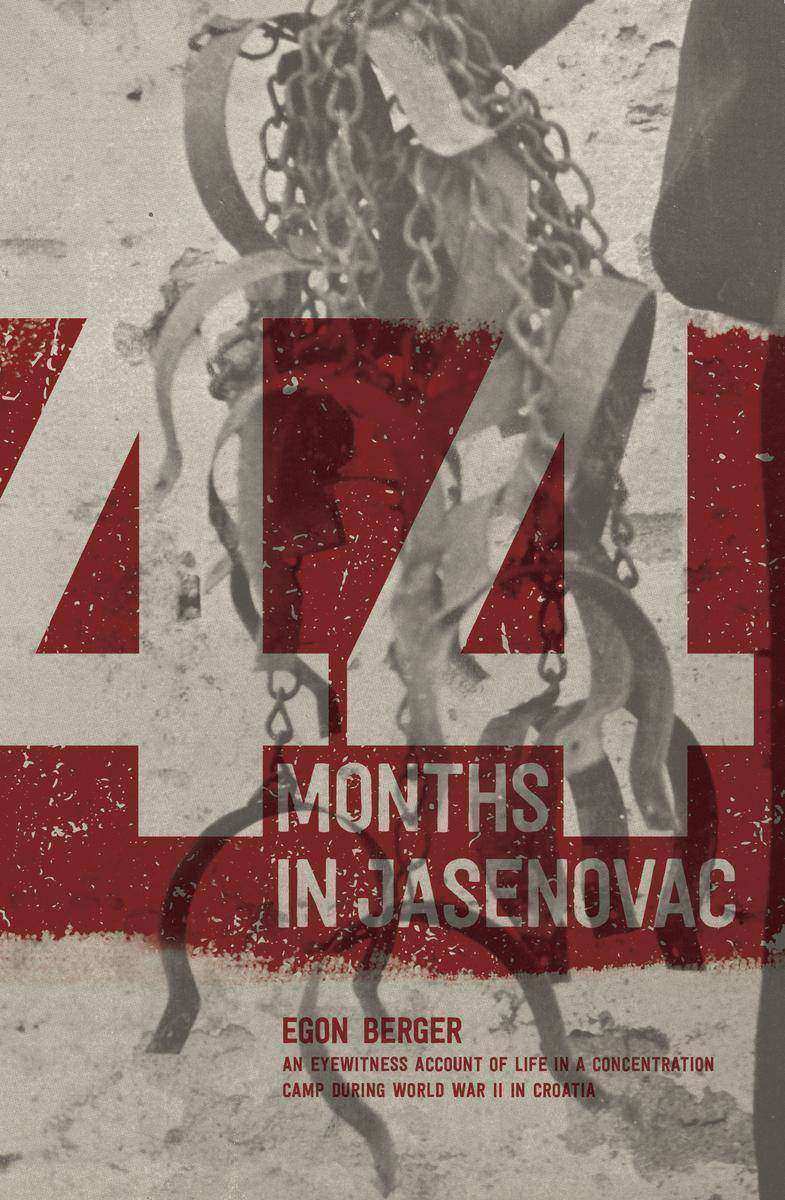
44 Months in Jasenovac
¥32.62
44 Months in Jasenovac

Espana Britannia
¥98.98
Espana Britannia

A Chambermaid's Diary: Bilingual Edition (English – Russian)
¥40.88
A Chambermaid's Diary: Bilingual Edition (English – Russian)
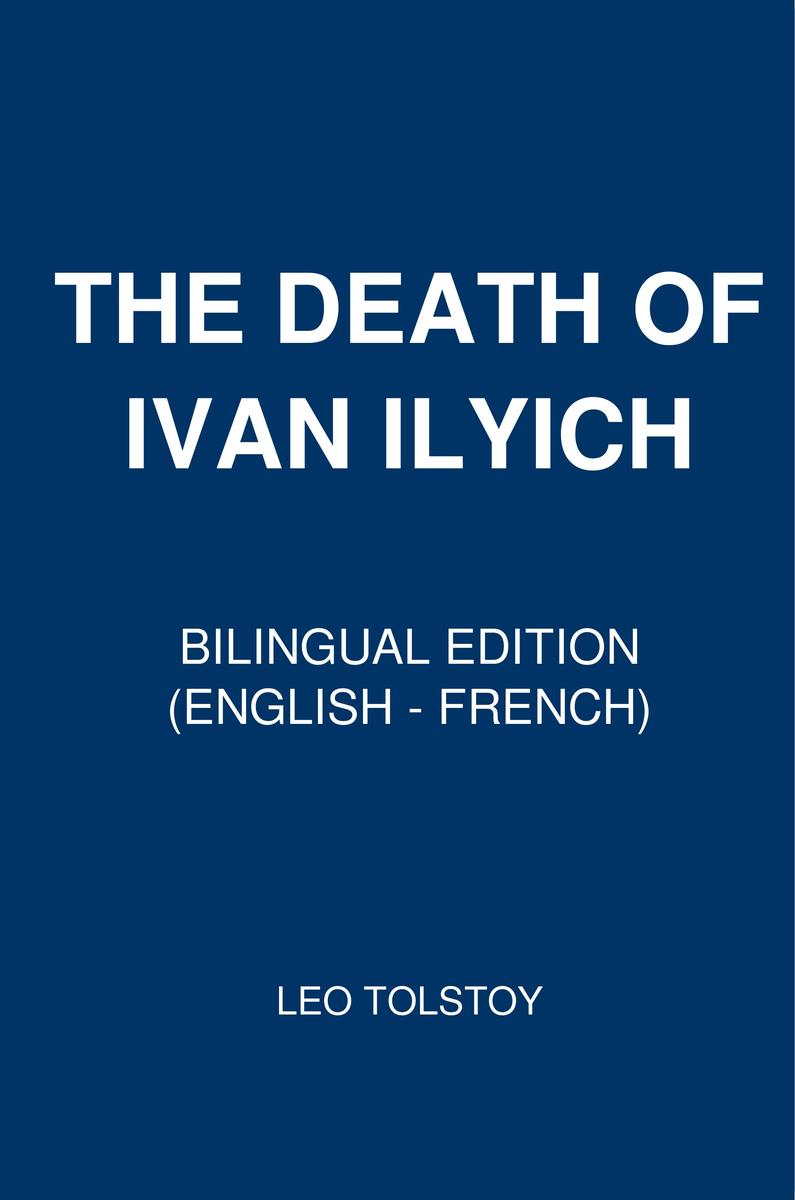
The Death of Ivan Il'ich: Bilingual Edition (English – French)
¥40.88
The Death of Ivan Il'ich: Bilingual Edition (English – French)
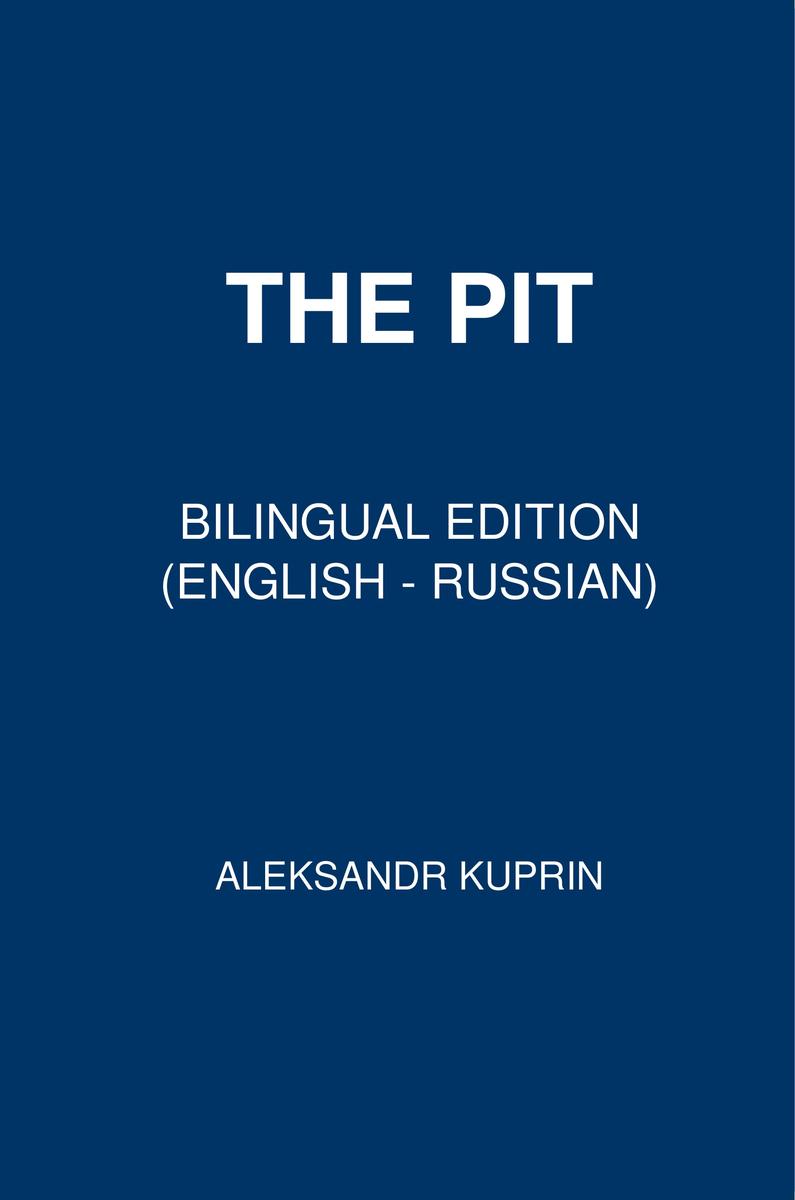
The Pit: Bilingual Edition (English – Russian)
¥40.88
The Pit: Bilingual Edition (English – Russian)
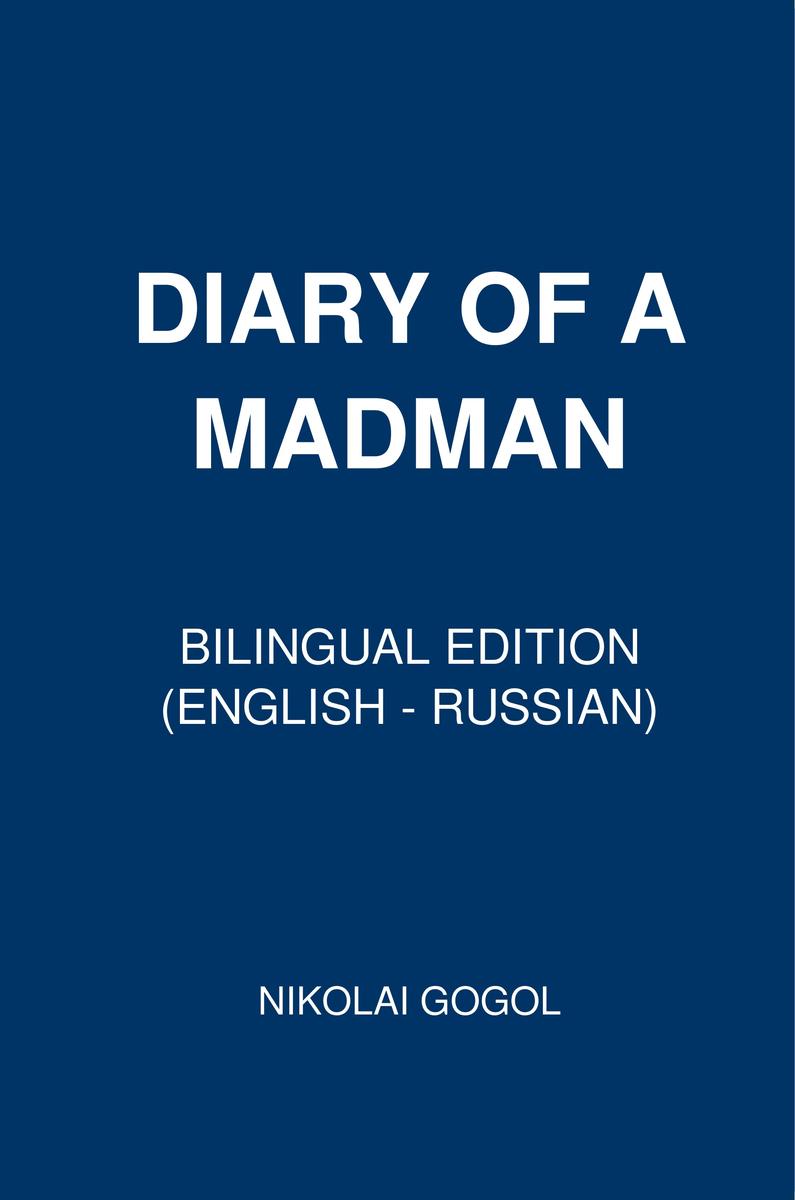
Memoirs of a Madman: Bilingual Edition (English – Russian)
¥40.88
Memoirs of a Madman: Bilingual Edition (English – Russian)
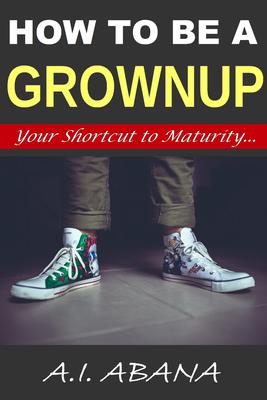
How to be a grownup: Your Shortcut to Maturity...
¥31.10
How to be a grownup: Your Shortcut to Maturity...

Bitcoin and Cryptocurrency
¥8.09
Bitcoin and Cryptocurrency

Villa Dolores
¥35.72
Villa Dolores
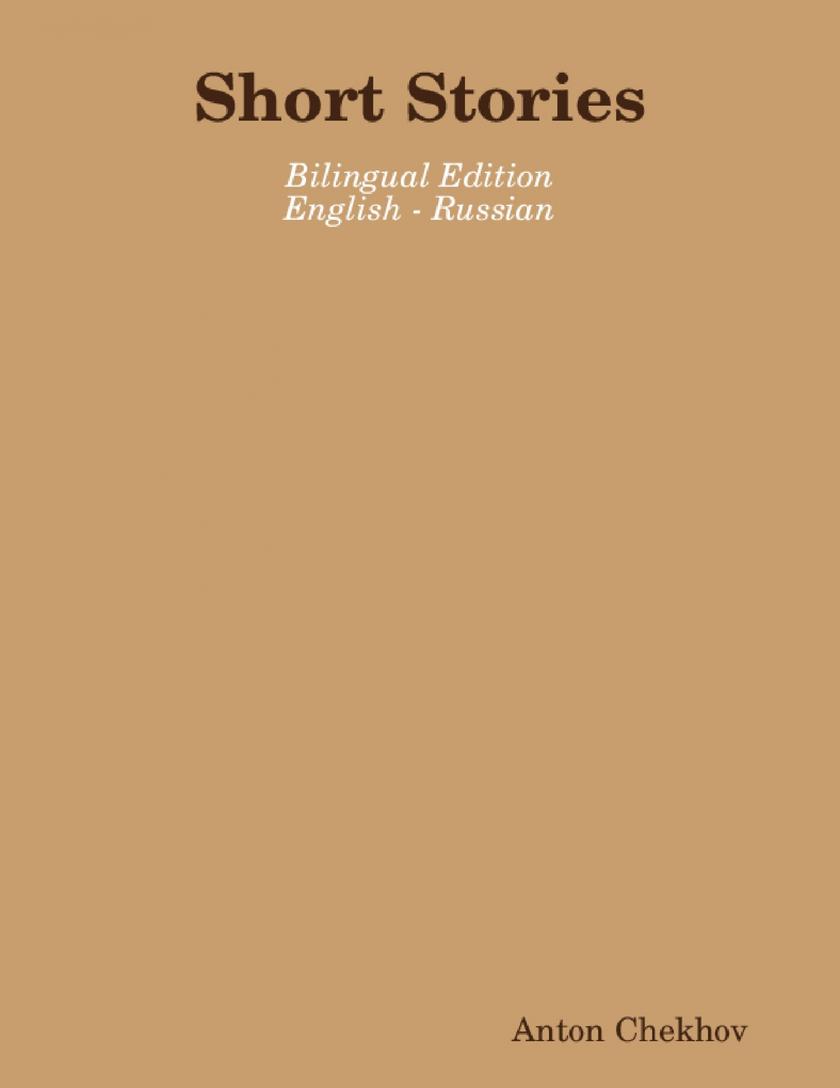
Short Stories: Bilingual Edition English - Russian
¥40.88
Short Stories: Bilingual Edition English - Russian
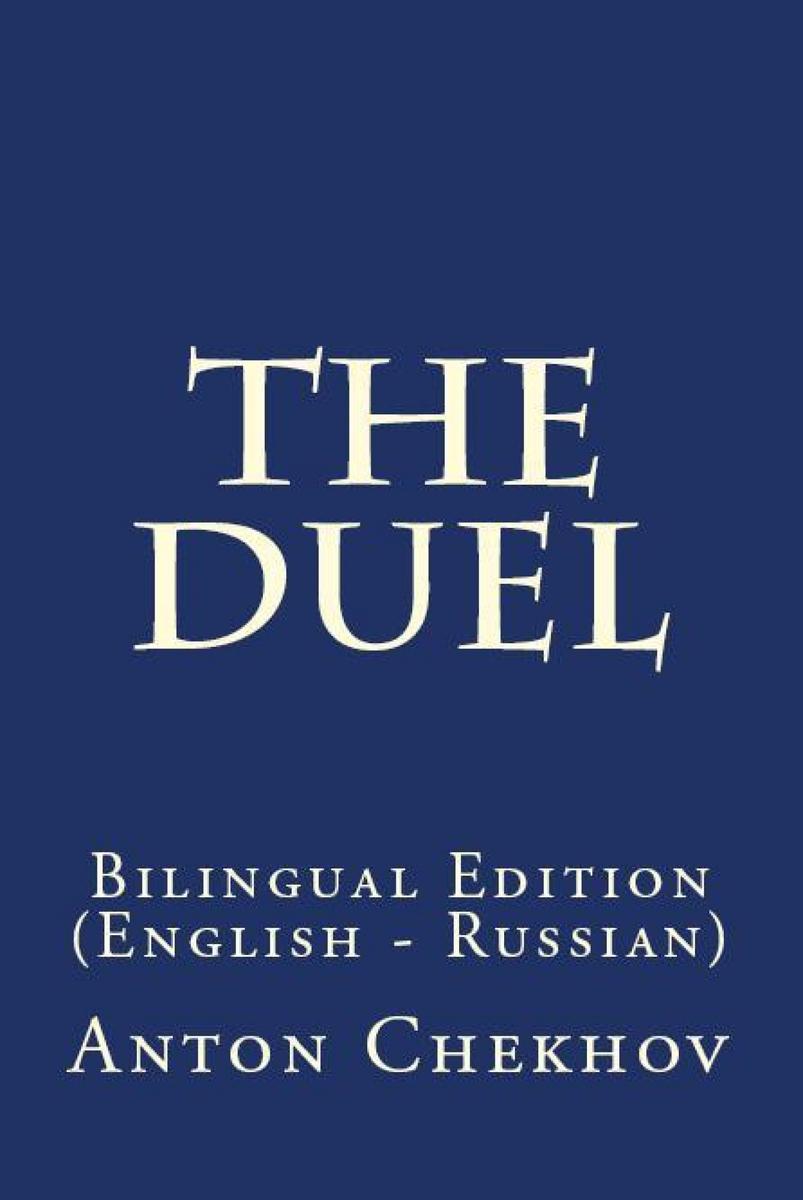
The Duel: Bilingual Edition (English – Russian)
¥40.88
The Duel: Bilingual Edition (English – Russian)
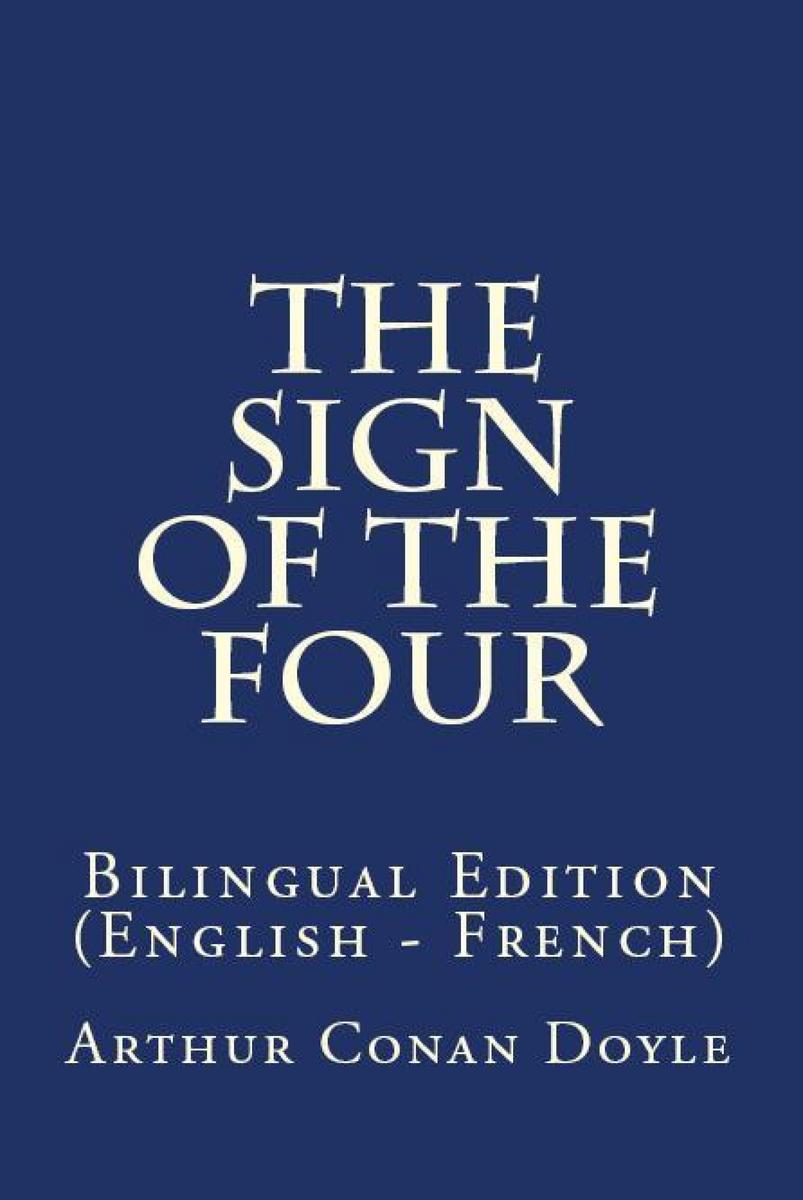
The Sign Of The Four: Bilingual Edition (English – French)
¥40.88
The Sign Of The Four: Bilingual Edition (English – French)

The Adventures Of Sherlock Holmes: Bilingual Edition (English – French)
¥40.88
The Adventures Of Sherlock Holmes: Bilingual Edition (English – French)
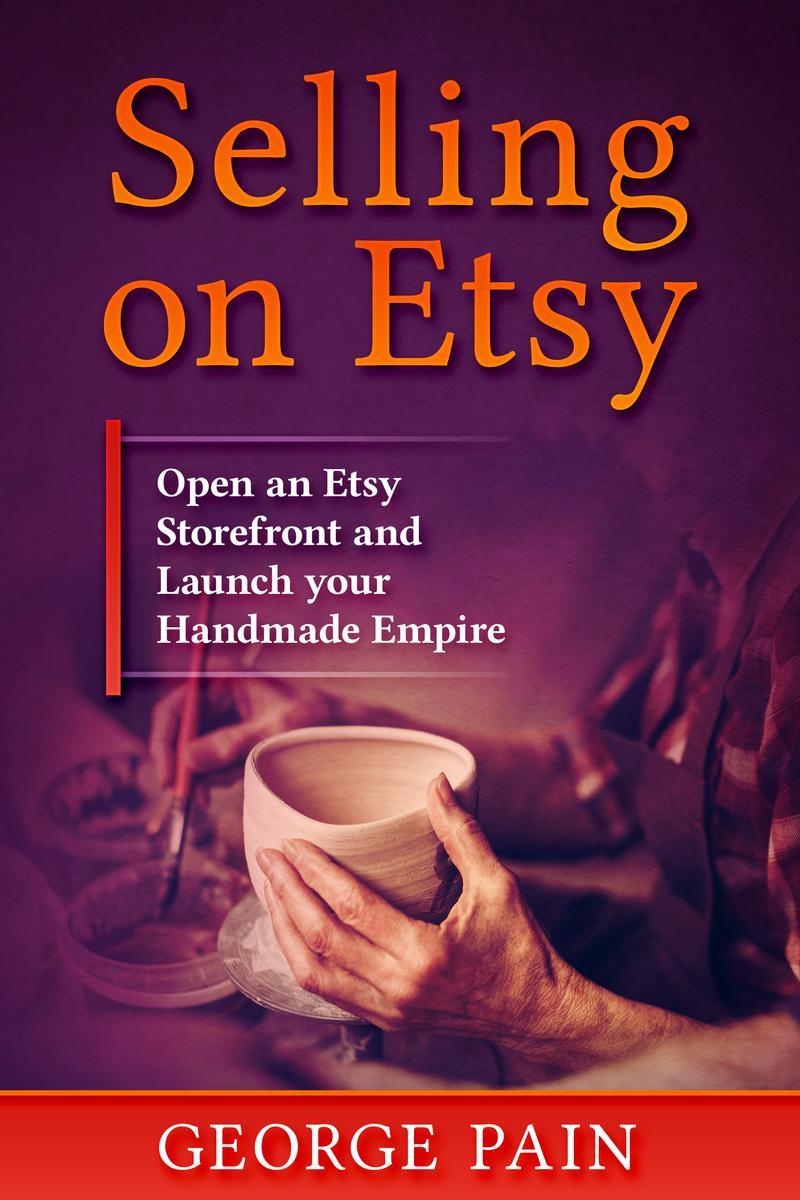
Selling on Etsy: Open an Etsy Storefront and Launch your Handmade Empitre
¥40.79
Selling on Etsy: Open an Etsy Storefront and Launch your Handmade Empitre
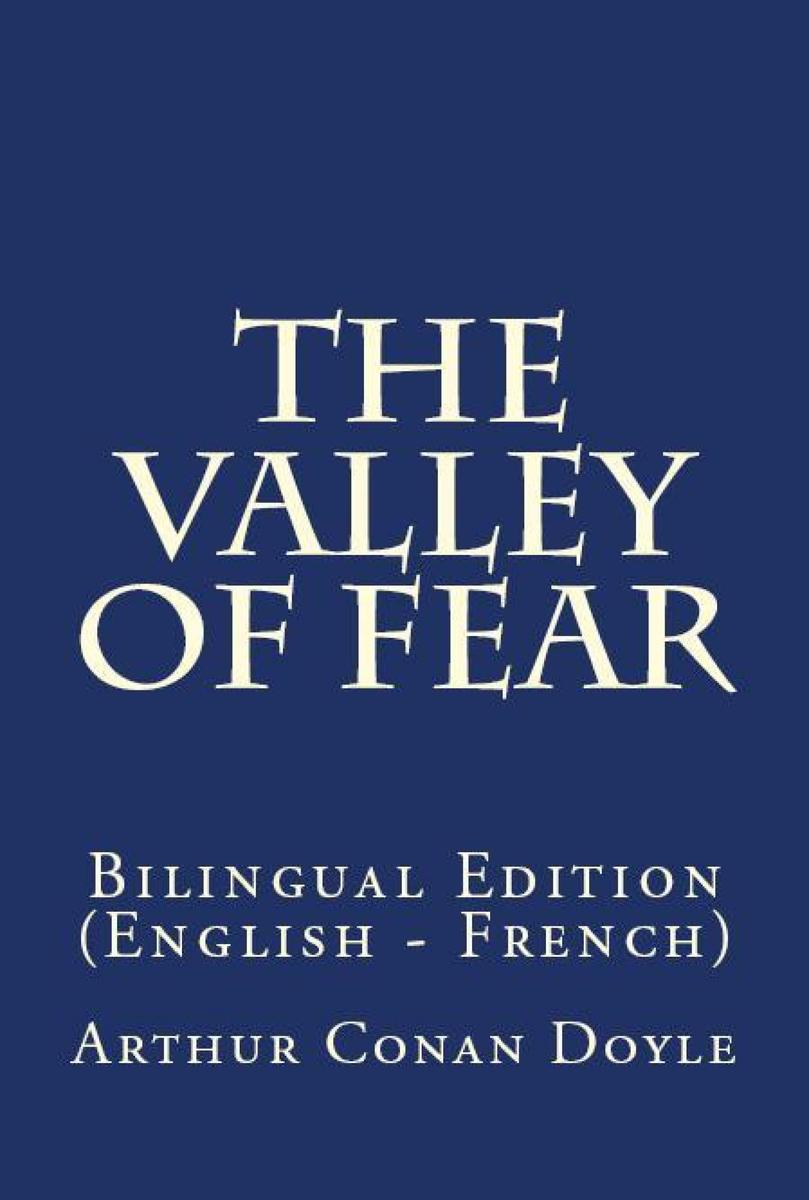
The Valley Of Fear: Bilingual Edition (English – French)
¥40.88
The Valley Of Fear: Bilingual Edition (English – French)
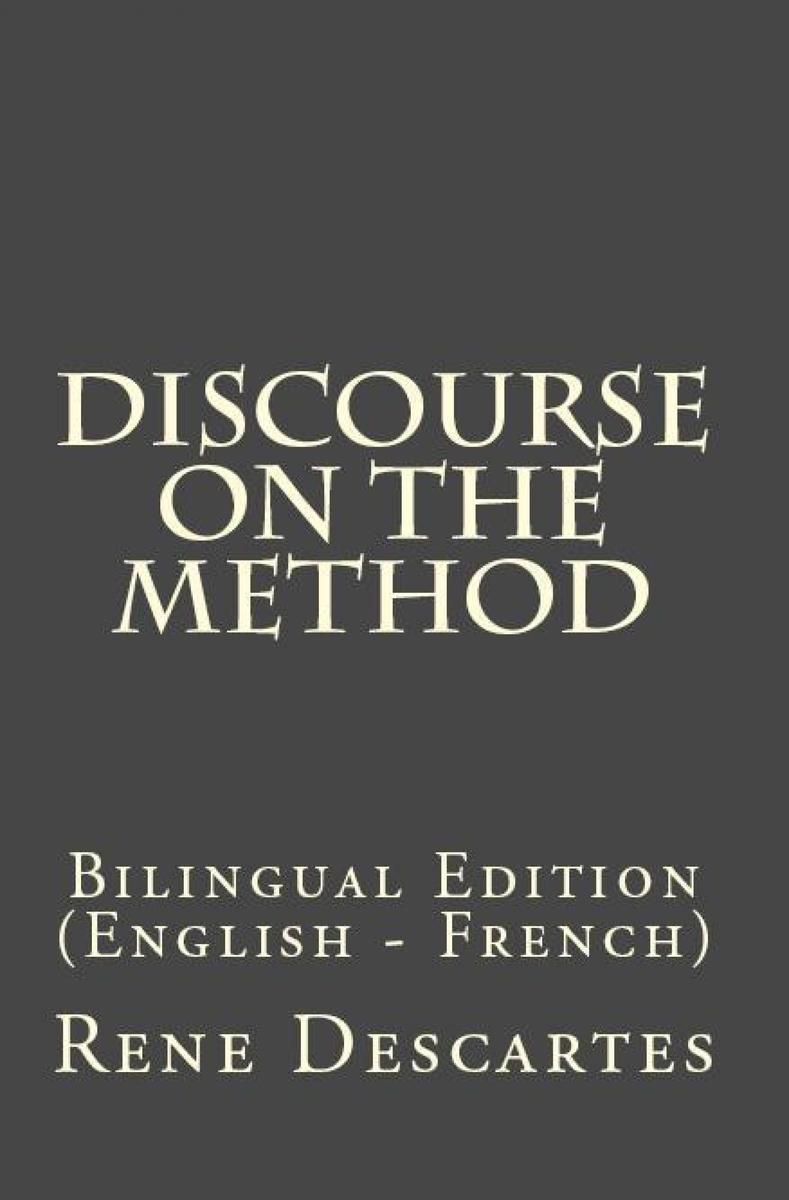
Discourse On The Method: Bilingual Edition (English – French)
¥40.88
Discourse On The Method: Bilingual Edition (English – French)
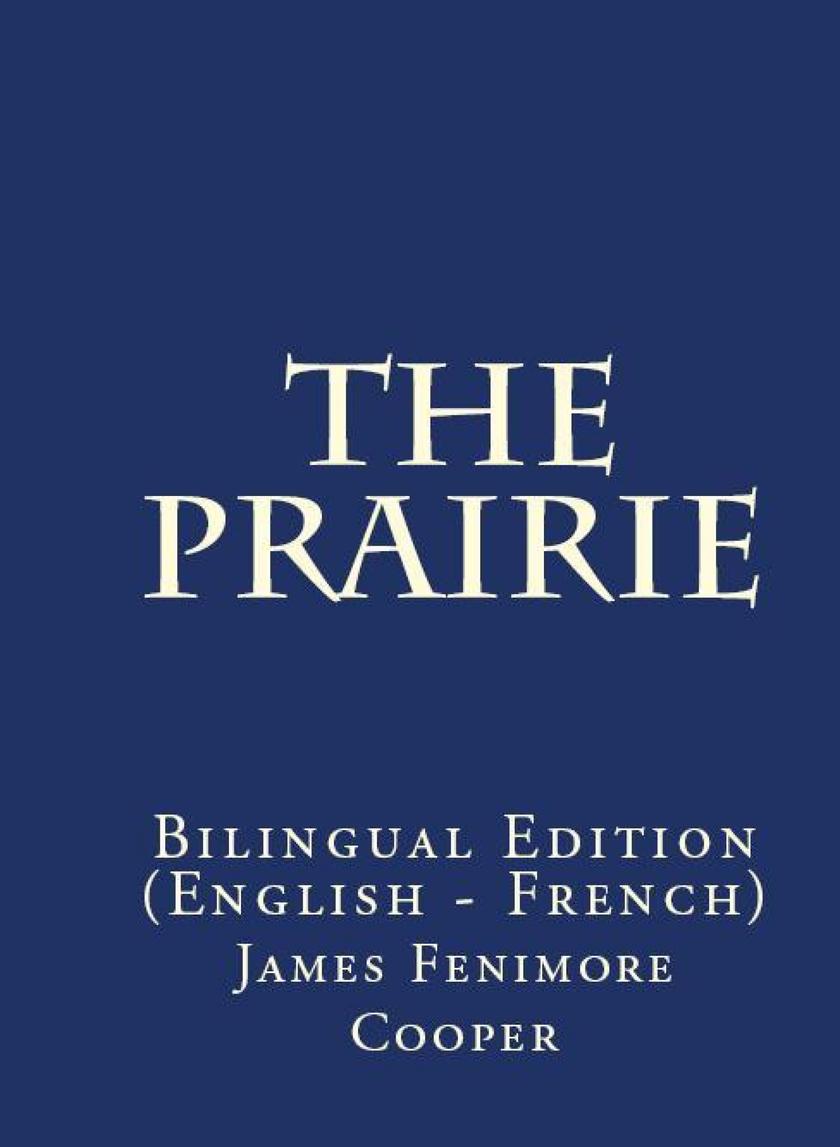
The Prairie: Bilingual Edition (English – French)
¥40.88
The Prairie: Bilingual Edition (English – French)
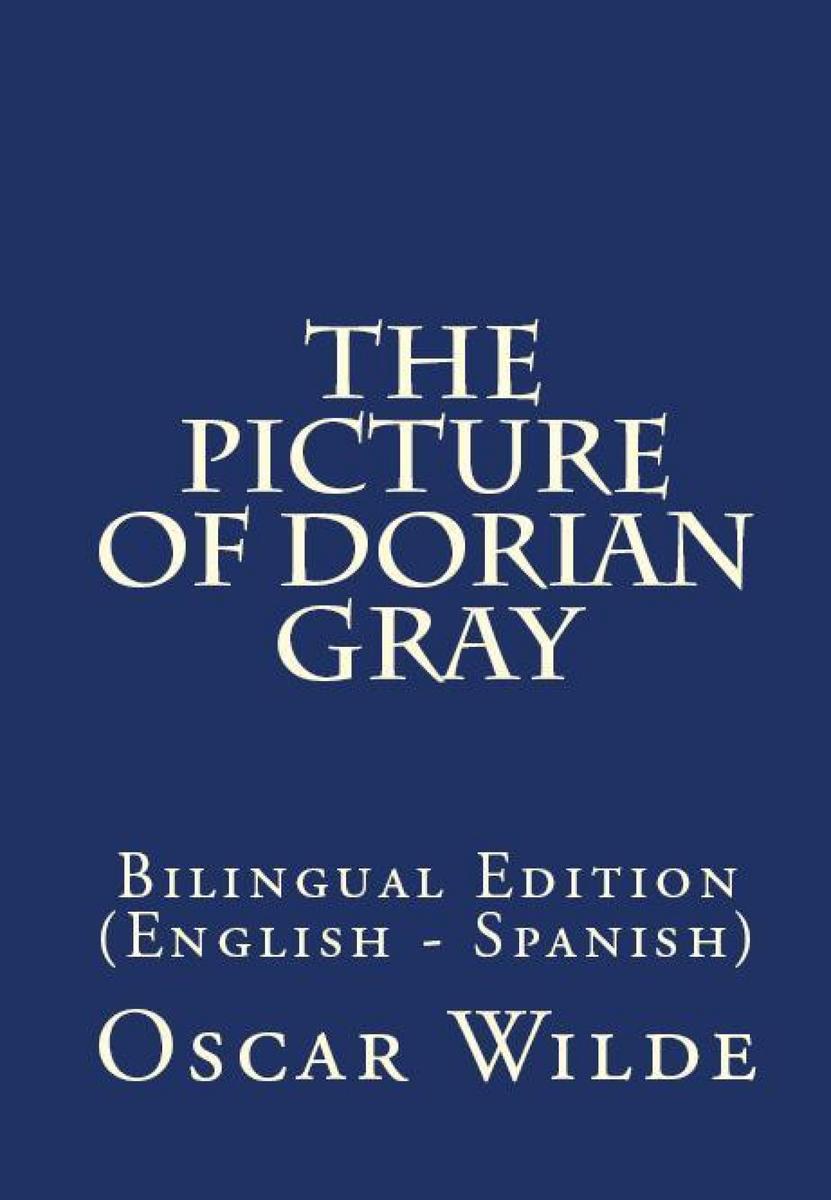
The Picture Of Dorian Gray: Bilingual Edition (English – Spanish)
¥40.88
The Picture Of Dorian Gray: Bilingual Edition (English – Spanish)
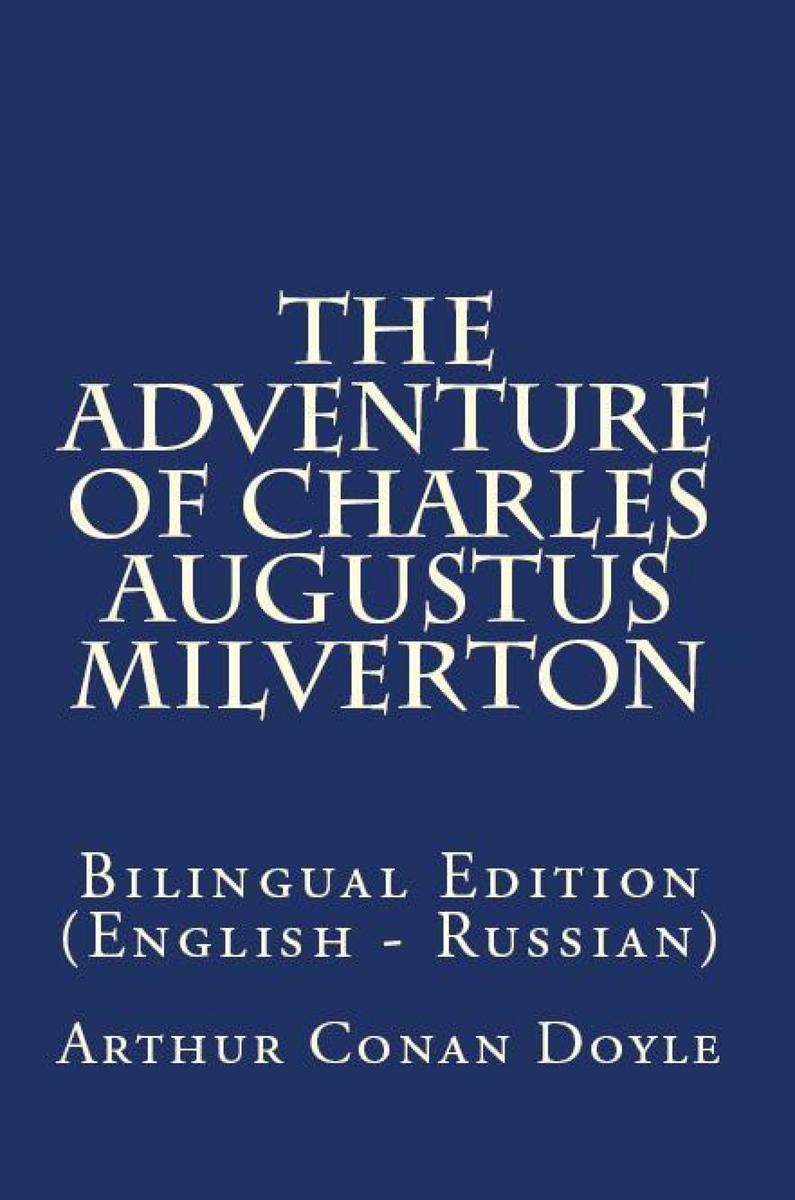
The Adventure Of Charles Augustus Milverton: Bilingual Edition (English – Russia
¥40.88
The Adventure Of Charles Augustus Milverton: Bilingual Edition (English – Russian)
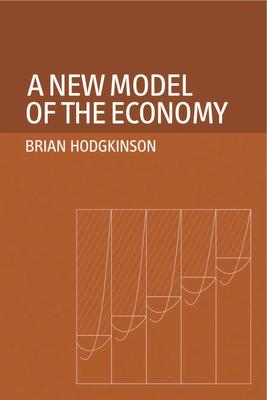
A New Model of the Economy
¥59.39
A New Model of the Economy
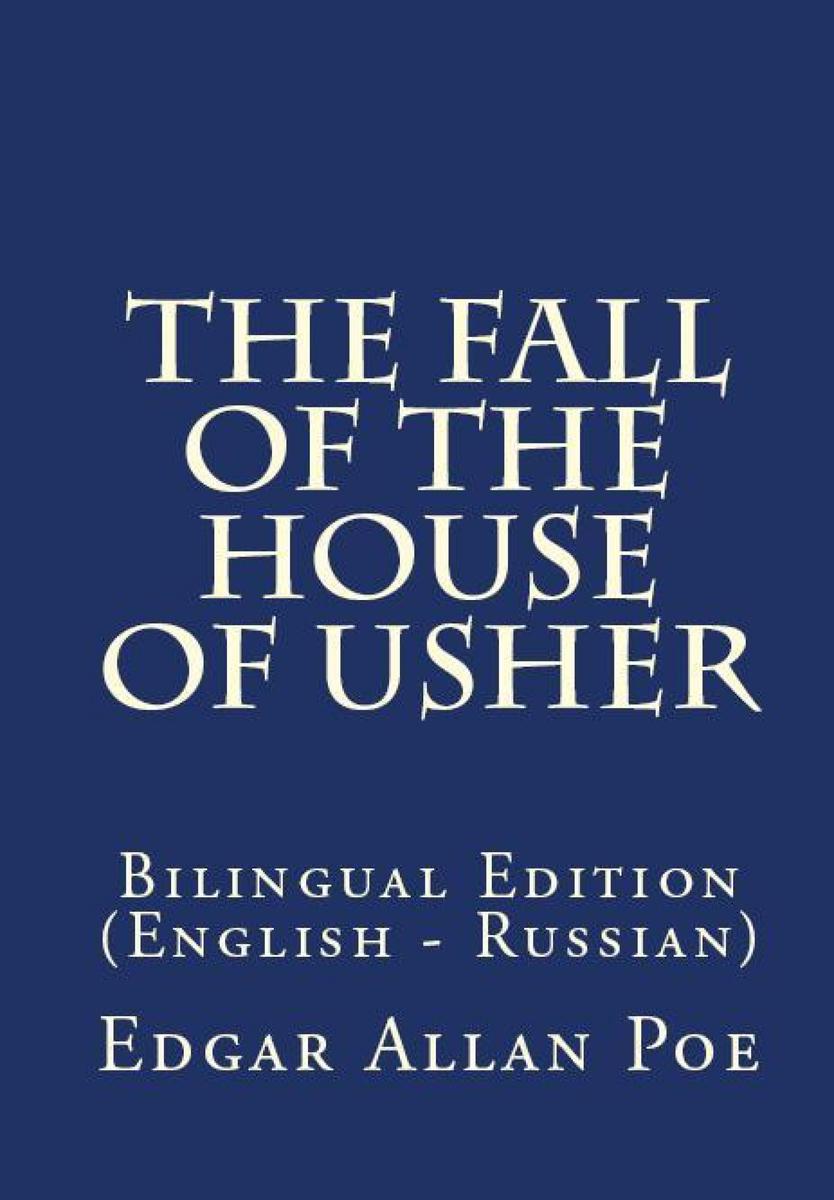
The Fall Of The House Of Usher: Bilingual Edition (English – Russian)
¥40.88
The Fall Of The House Of Usher: Bilingual Edition (English – Russian)




 购物车
购物车 个人中心
个人中心



